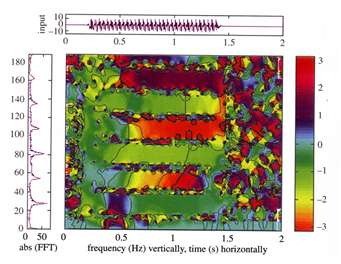
|
|
||||||||
David Edward Newland
He rapidly became one of the world's leading experts in vibration engineering and its application to mechanical design. This expertise brought him to public prominence in 1974 when a catastrophic explosion took place at a chemical plant in Flixborough, killing 29 people, injuring many more and damaging houses over a radius of many miles. Professor Newland proved to be the key technical witness, showing the cause of the explosion to have been the dynamic failure of a bellows expansion joint in a temporary bridging pipe. The case made engineering history and after the enquiry he was put in charge of preparing a new British Standard for these components to prevent similar failures in the future.
Cambridge attracted David back in 1976 as Professor of Engineering. Much of his work since then has been concerned with the environment and transport and vehicle dynamics, with a particular interest in the rail industry. He has been a consultant to many British and American companies during this time. More recently his research has concentrated on the wavelet analysis of vibration, which he has applied to studying ground-transmitted vibration from railways and earthquakes.
 |
Wavelet analysis of vibration from a simulated earthquake. |